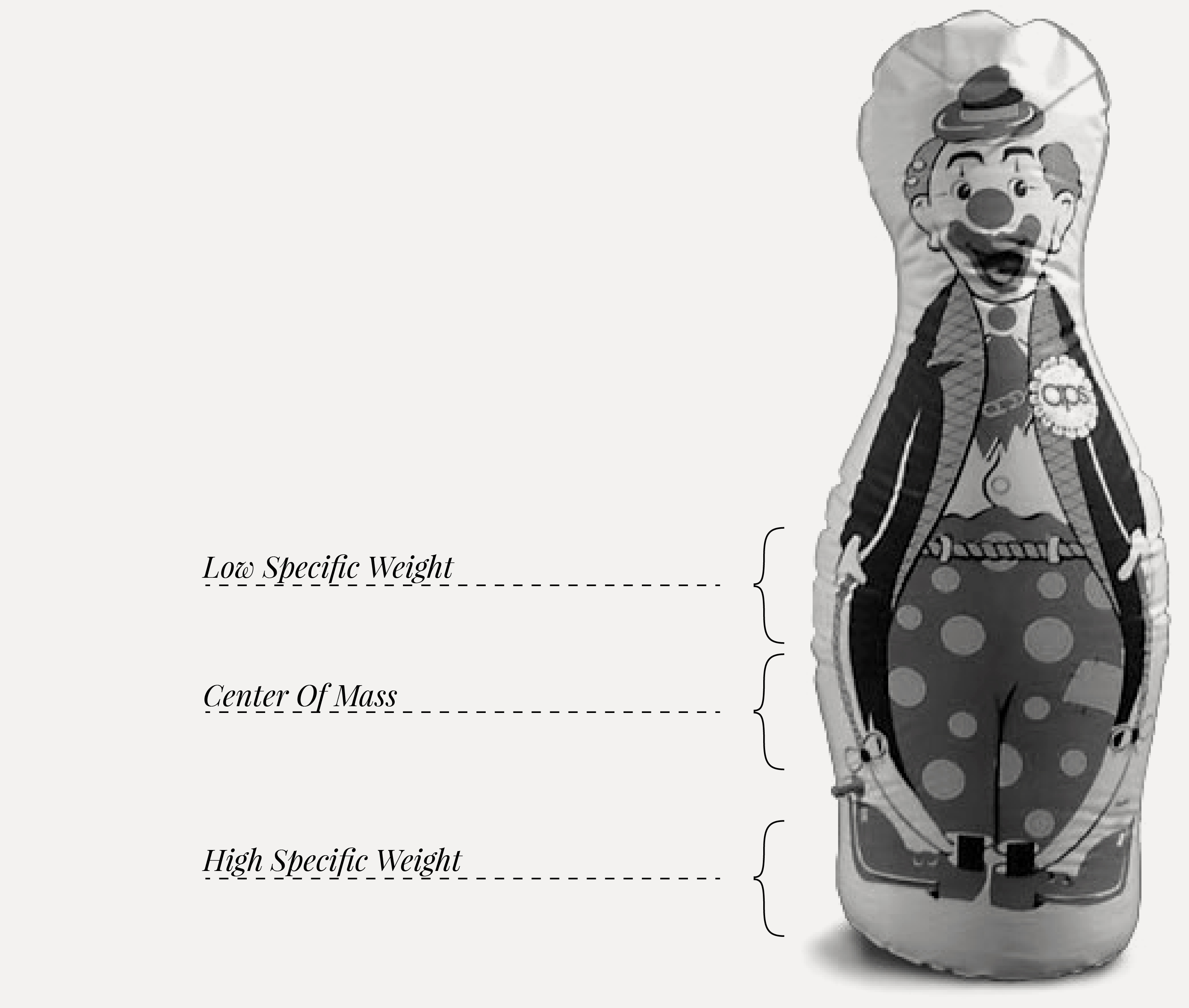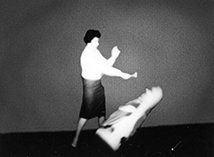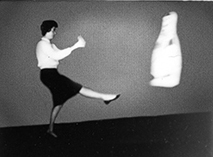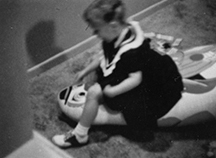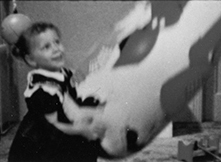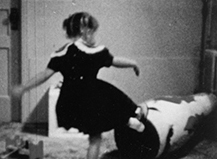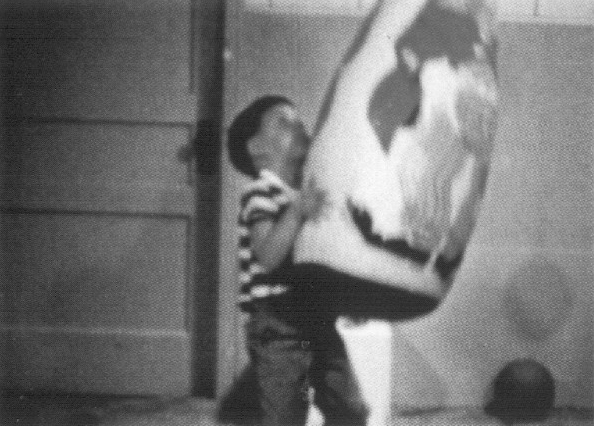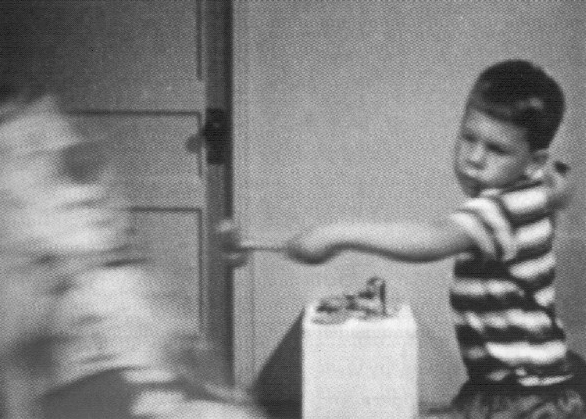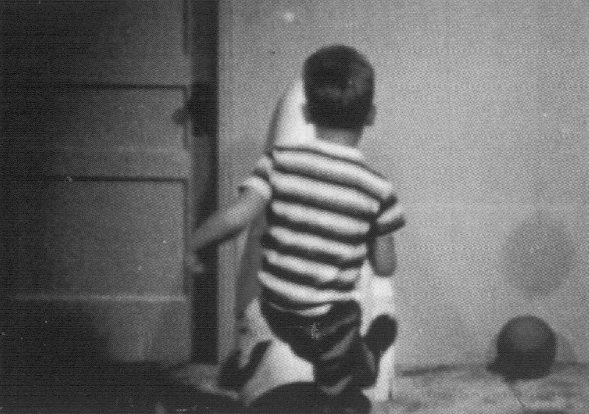The Bobo doll experiment was a psychological experiment conducted by Albert Bandura in 1961 and 1963 when he studied children's behavior after watching an adult model act aggressively towards a Bobo doll.
There are different variations of the experiment. The most notable experiment measured the children's behavior after seeing the model get rewarded, get punished, or experience no consequence for beating up the bobo doll.
The experiment is empirical approaches to test Bandura's social learning theory. The social learning theory claims that people learn through observing, imitating, and modeling. It shows that people not only learn by being rewarded or punished (behaviorism), but they can also learn from watching somebody else being rewarded or punished (observational learning). These experiments are important because they sparked many more studies on the effects of observational learning. The studies not only give us new data, but this data has practical implications, e.g. how children can be influenced from watching violent media.
"I Couldn't Do
It Better."

Albert Bandura
Albert Bandura OC is a psychologist who is the David Starr Jordan Professor Emeritus of Social Science in Psychology at Stanford University.
For almost six decades, he has been responsible for contributions to the field of education and to many fields of psychology, including social cognitive theory, therapy, and personality psychology, and was also influential in the transition between behaviorism and cognitive psychology.
He is known as the originator of social learning theory and the theoretical construct of self-efficacy, and is also responsible for the influential 1961 Bobo doll experiment.
